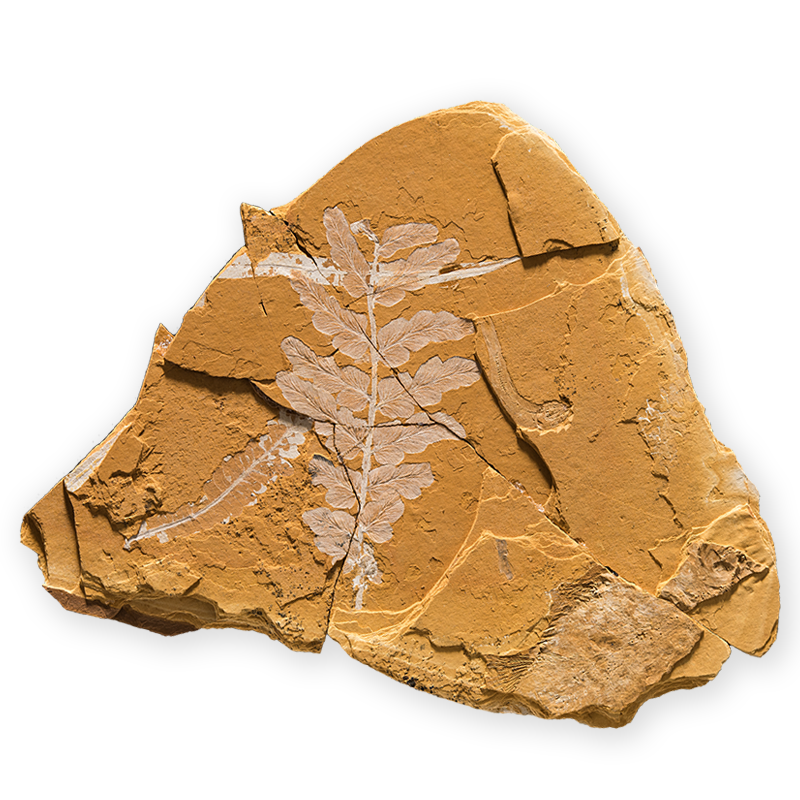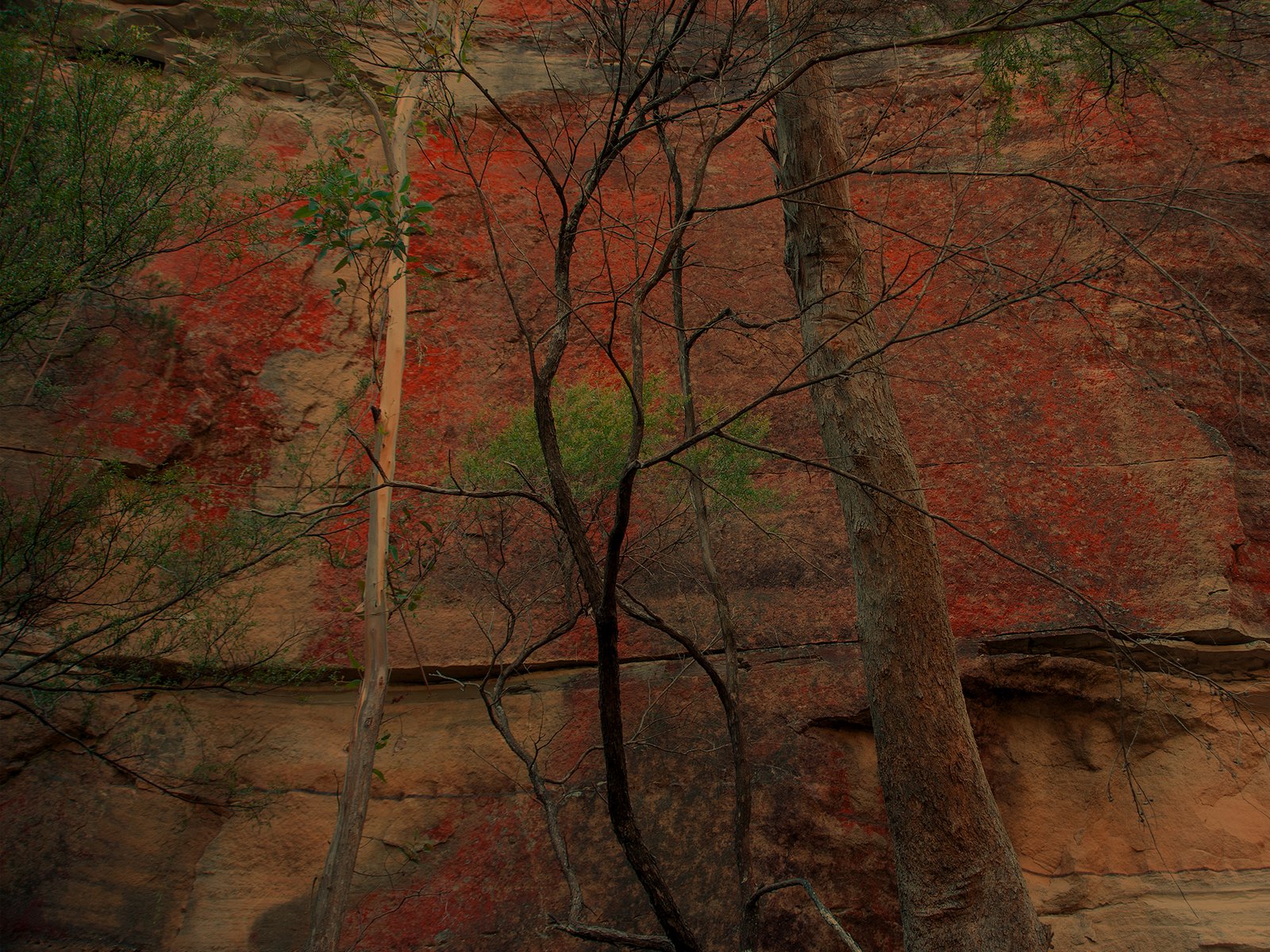Australia over time
Learn about our evolving landscape, Australian megafauna and other extinct animals, and how we use fossils to relate the animals of the past with those of today.




The Australian Museum respects and acknowledges the Gadigal people as the First Peoples and Traditional Custodians of the land and waterways on which the Museum stands.
Image credit: gadigal yilimung (shield) made by Uncle Charles Chicka
Madden